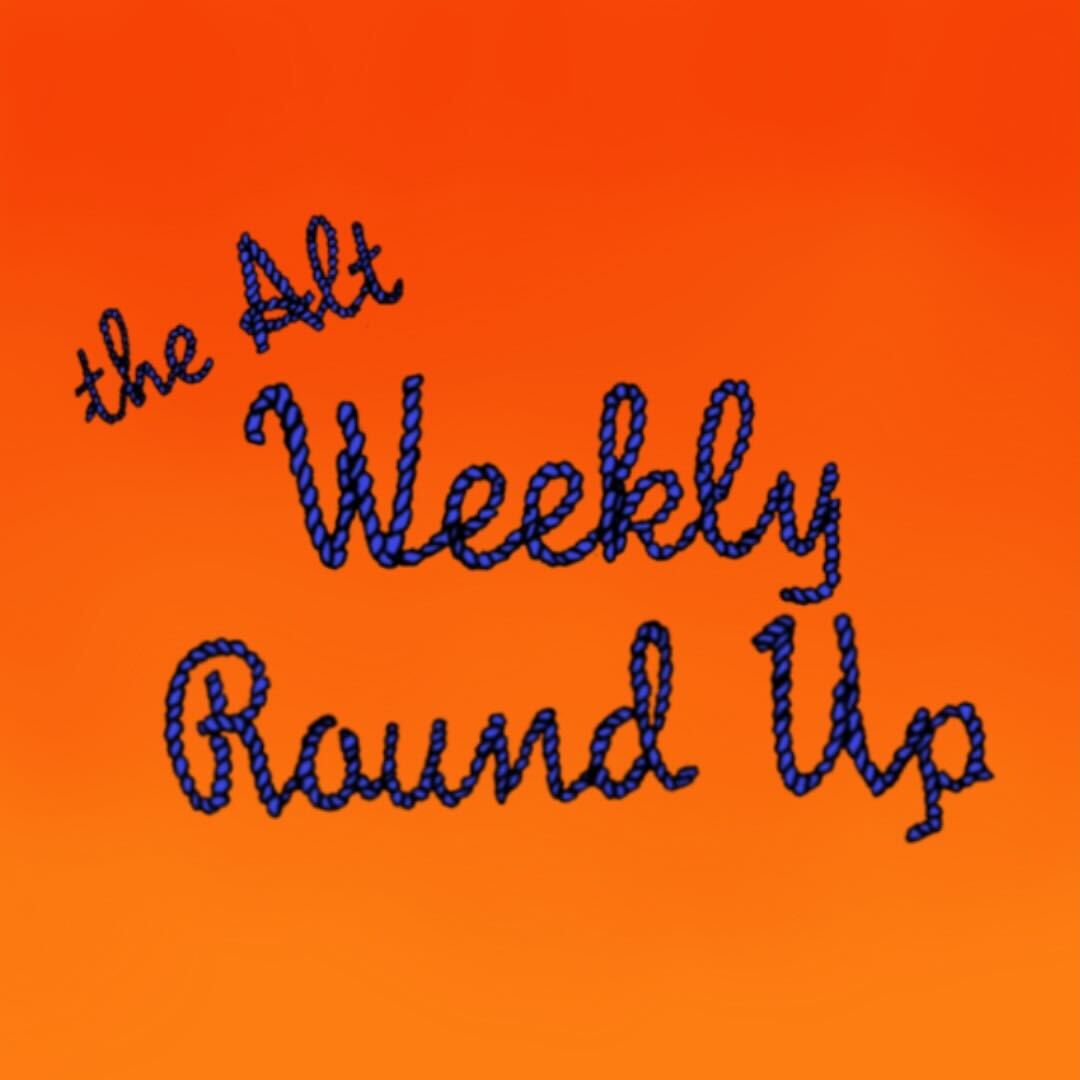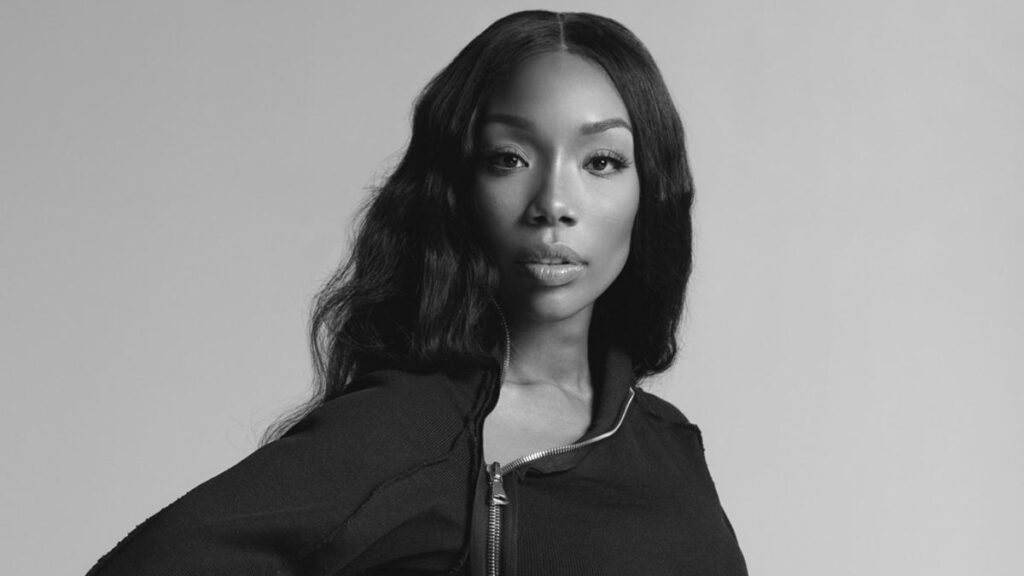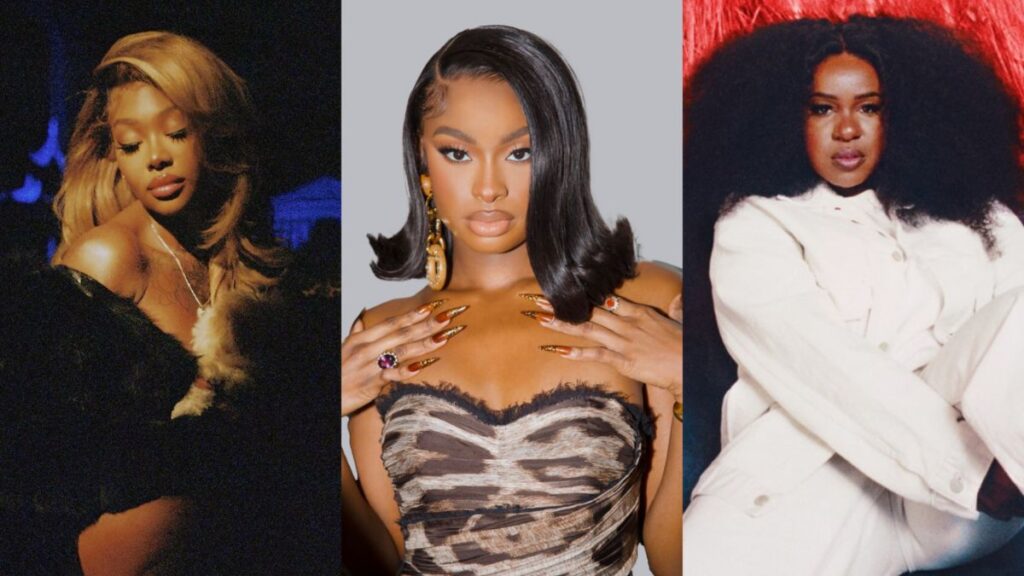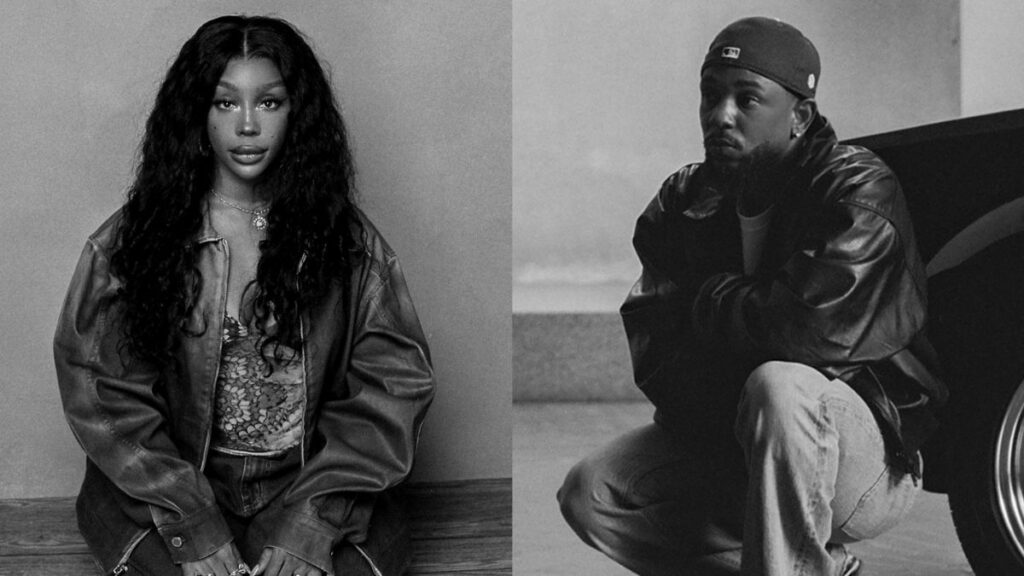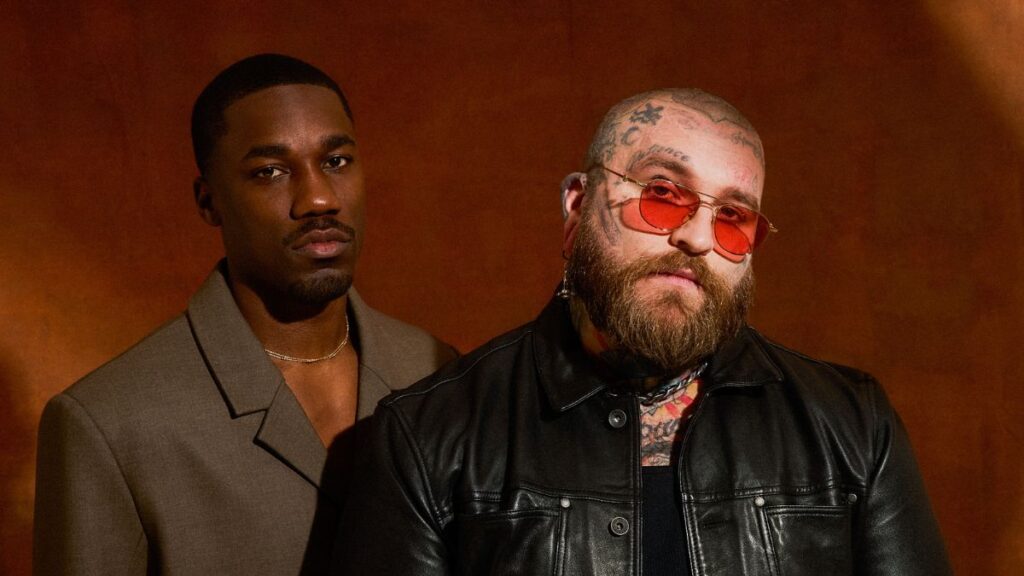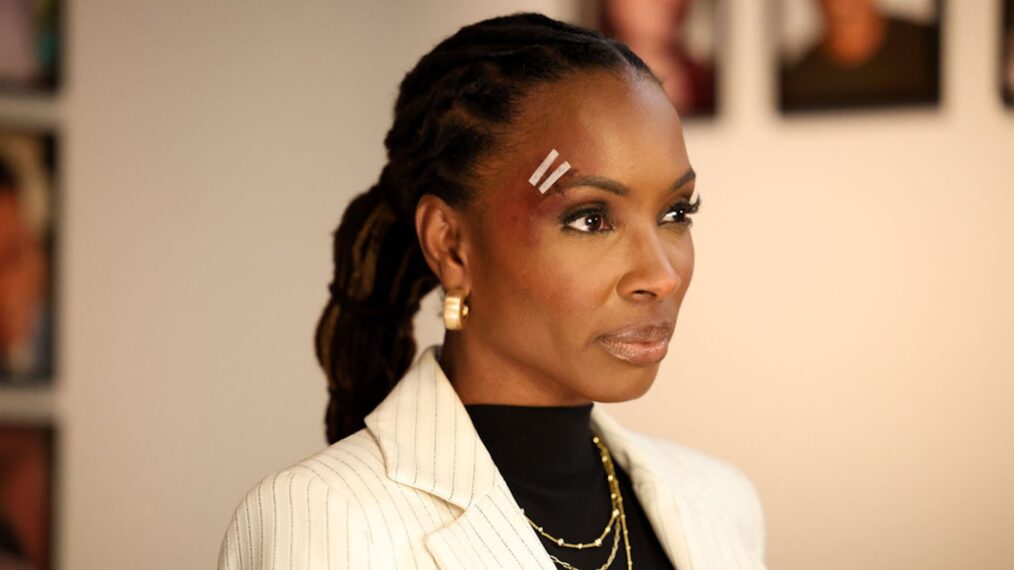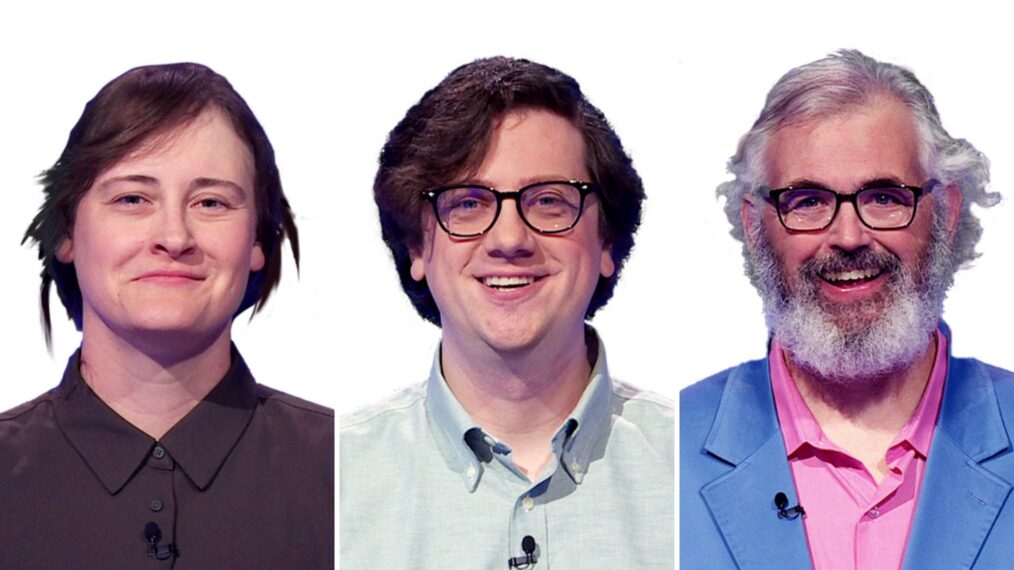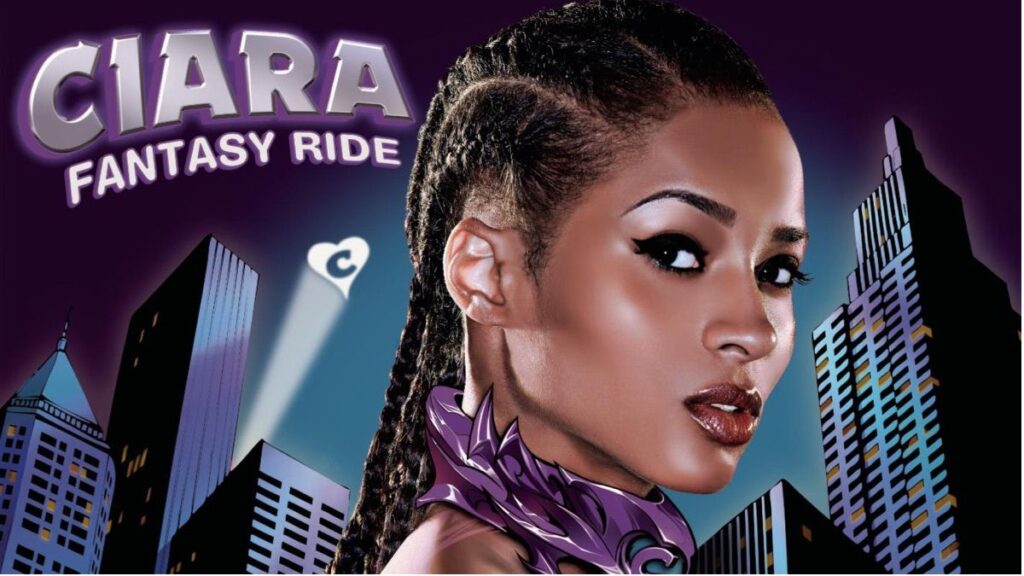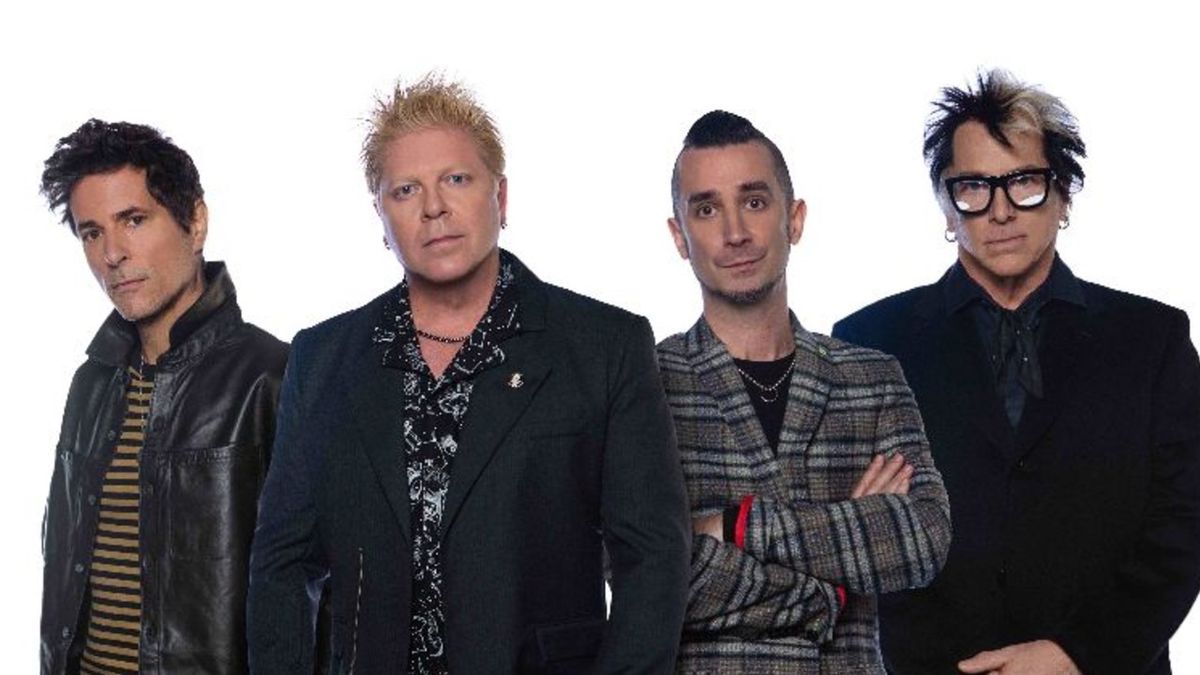Finding an old Dansette record player at an early age, Doc Martin and DCI Banks actress and documentary maker Carolyn Catz soon realised her musical taste was far beyond her school friends’ understanding. Her journey through krautrock, acid folk and other genres led to the discovery of Delia Derbyshire, the subject of Catz’s award-winning 2020 movie The Myths and Legendary Tapes. In 2019 she told Prog about her obsession with digging for “odd stuff.”
“It’s quite a diverse selection of stuff that I like; I don’t know how it all fits together. When I was about seven or eight, at the back of my cupboard I found this Dansette record player. It was my mum’s, and on top of it was a stack of records that had been played to death: Buddy Holly, Dusty Springfield, every Beatles album, loads of singles. I had no one to show me what to do, but I plugged it in and got it going. It was this big discovery that set me off on a path of being obsessed by music and digging for treasure.
I started to get pocket money, and I remember visiting Peter Swales’ record shop in Altrincham and feeling like the smallest person in the shop – quite intimidated – but I also felt like I knew about records because I had this little collection. The first thing that caught my eye there was David Bowie’s The Rise And Fall Of Ziggy Stardust… I thought: ‘This is probably going to be the best thing I will ever have heard.’ I couldn’t buy it immediately; I had to save up pocket money and birthday money, and I kept going back and checking it was still in the shop… I even tried hiding it. Pathetic! Eventually I got it, and that was the start of a big love affair with him.
All music was exciting then, with the Top 40 on the radio and Top Of The Pops on TV. I got into heavy rock and metal through seeing the TV ad for the K-Tel compilation Axe Attack. I was obsessed with that because I wanted to know more, like: ‘What are those sounds?’ I got it for Christmas, and that opened the door to the most incredible music of Sabbath, Motörhead… and that set me off listening to Hawkwind.
I love a compilation. It went with my mind-set of taping stuff from the telly, the Top 40, John Peel… We were all making our own mixtapes at the time. I started to feel my music choices were a bit odd when people at school didn’t get what I was into. I liked pop, but I also liked digging around for old, odd stuff.
I queued for hours for Kraftwerk tickets, and it was worth every minute of frostbite
I didn’t have anyone to share the digging around with so I felt like I had two lives. I went for record covers and visuals. At 11 I saw a picture of Nico, Lou Reed and Andy Warhol in a magazine and I thought: ‘Wow, who are these people?’ So I bought a cassette of The Velvet Underground & Nico. It was the next-best thing I’d ever heard. My obsession with Nico never went, either; it’s about artists doing interesting work and a fascination with the evolution of that artist. I’m not judgemental about the music they make – I want to hear all of it in all its diversity.
In the late 80s in Manchester I heard some Sandy Denny and got interested in folk and country music. I’d already been listening to psychedelia, so hearing acid folk and bands such as Trees and The Incredible String Band crossing over was yet another path to follow. Pentangle were a revelation; hearing Basket Of Light, I once again thought: ‘Now this is the most exciting thing I’ve ever heard!’
Around this time I was in a band, Monoland. We were a trio, a jazz/acid folk crossover, influenced by bands like Dando Shaft. I got very interested in jazz – Pharaoh Saunders, Albert Ayler and Sun Ra. That was a great period. I’d left RADA, moved to London and was a professional actress, doing eight shows a week in the West End with Six Degrees Of Separation and then Shopping And Fucking, and playing in my band.
Saturday would be my busiest day: two shows, then cycle up to The Falcon in Camden to do a gig. It went on for about three years. I loved it – I was doing everything I wanted. Then I started working in TV, working away from London, so we recorded one album and split up.
Since I first heard it, I’ve always been interested in krautrock. Soul Jazz’s Deutsche Elektronische Musik series introduced me to so many brilliant smaller bands, such as Gila, and I love these compilations so much I have them on CD and vinyl. Can’s The Lost Tapes was a revelation, and I’ve seen Faust a few times – once during the Edinburgh Festival when they were wielding chainsaws and angle grinders, which made for a terrifying, amazing experience. And then there’s Kraftwerk. I saw them at the Tate Modern in 2013. I queued for hours for tickets, and it was worth every minute of frostbite. I really love the Ralf And Florian album.
I’d had the first Soft Machine album and really liked it, but I got more into Canterbury scene stuff when the five Kevin Ayers albums came out in a box set in 2014. I was driving to Cornwall for Doc Martin and I listened to it all on the journey. I couldn’t believe what I was hearing; every album was so beautiful. He’s experimenting all the time, so clever lyrically and musically. It’s a very unique world that he conjures up.
It’s fascinating how Delia could create a huge piece from one single note, using pitch and adding samples and musique concrète
I love soundtracks and library music. This is where Delia Derbyshire comes in. The Doctor Who theme was just a fraction of what she could do. It’s beautiful and powerful and it’s affected all of us in ways that we don’t know. She moonlighted as Li De La Russe for the KPM library release Electrosonic with [Radiophonic Workshop colleague] Brian Hodgson.
It wasn’t until I went through Delia’s archive in Manchester and heard the things that haven’t come out, such as her inventions for radio, that I realised what a visionary she was. It’s fascinating how she could create a huge piece from one single note, using pitch and adding samples and musique concrète. Eventually she and Brian met David Vorhaus, and it led to forming White Noise and the record An Electric Storm. That album is like theatre and horror. You put it on and you can’t stop listening, but it’s terrifying. I can’t listen to it late at night.
Watch On
I’m fascinated by Delia and the music that she made, and the myths surrounding her. There’s a narrative that’s projected on to her that’s a tragic soap-opera version, and it pisses me off in the way that women are represented in music. She’s much more complex and interesting. What was it that really made us hide behind the sofa? Collectively, what did she tap into? She felt sound very deeply. Things that influenced and haunted her came out.
My latest obsession is The She Trinity, the first British [with an ex-pat Canadian on drums] all-female prog act influenced by bands like Deep Purple. I heard them on Stuart Maconie’s Freak Zone radio show a long time ago. I’d been looking for years for the track Climb That Tree, and I’ve finally got it on vinyl coming in the post.
A fun little fact is that the bass player was an actress too – Pauline Moran, who played Miss Lemon in Agatha Christie’s Poirot. There’s always so much more to dig for…”







